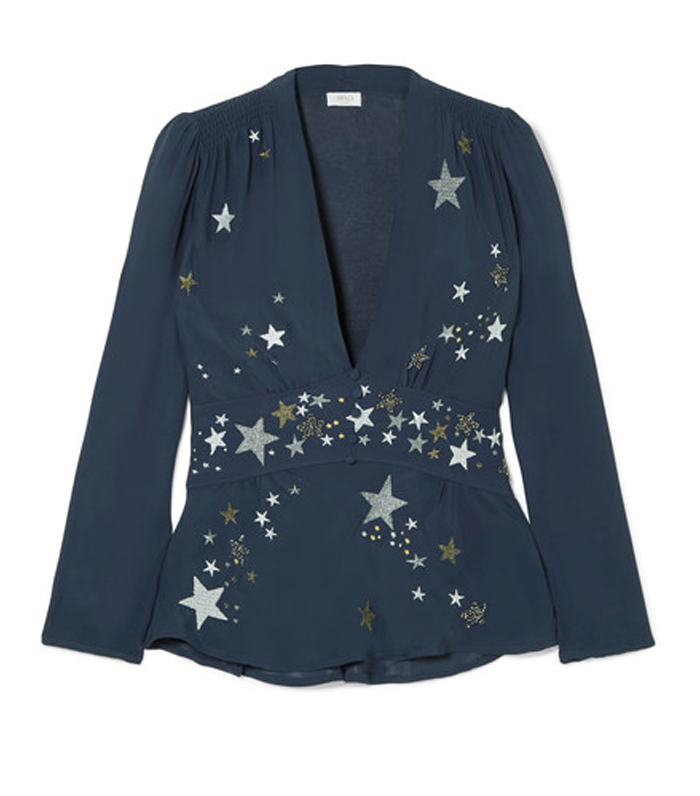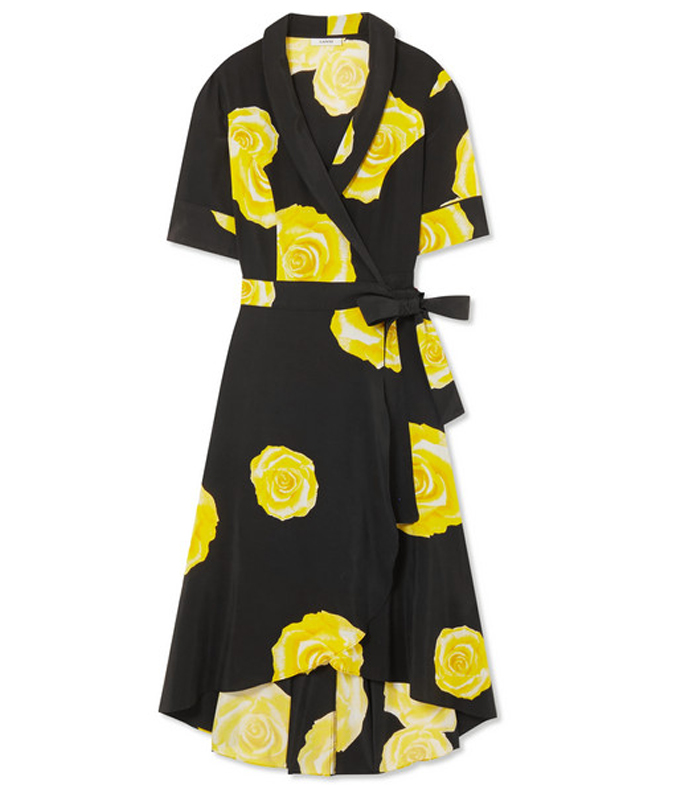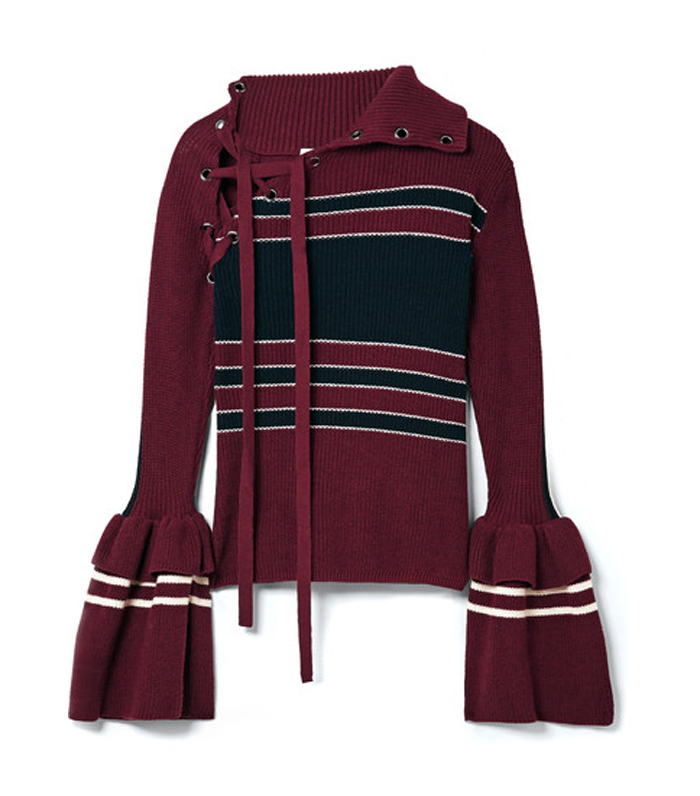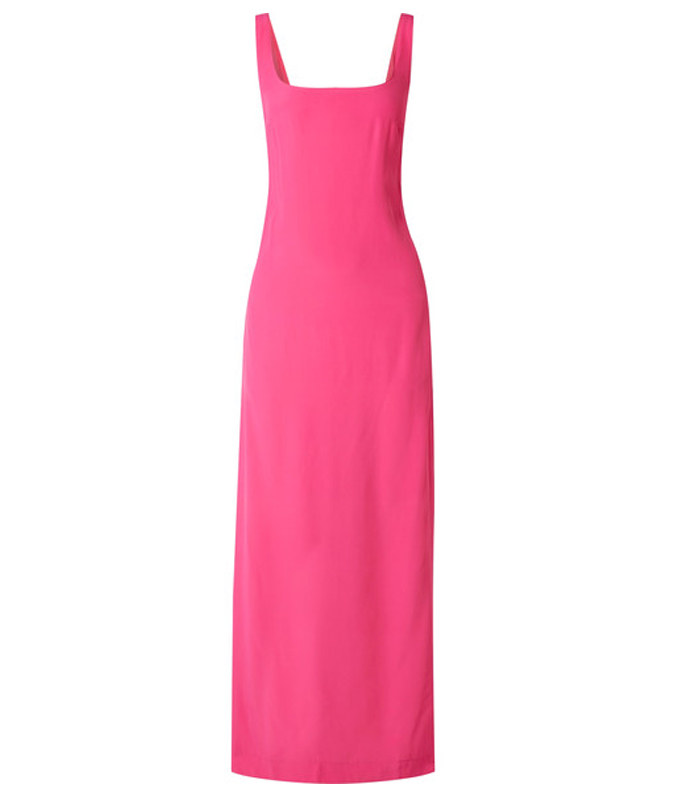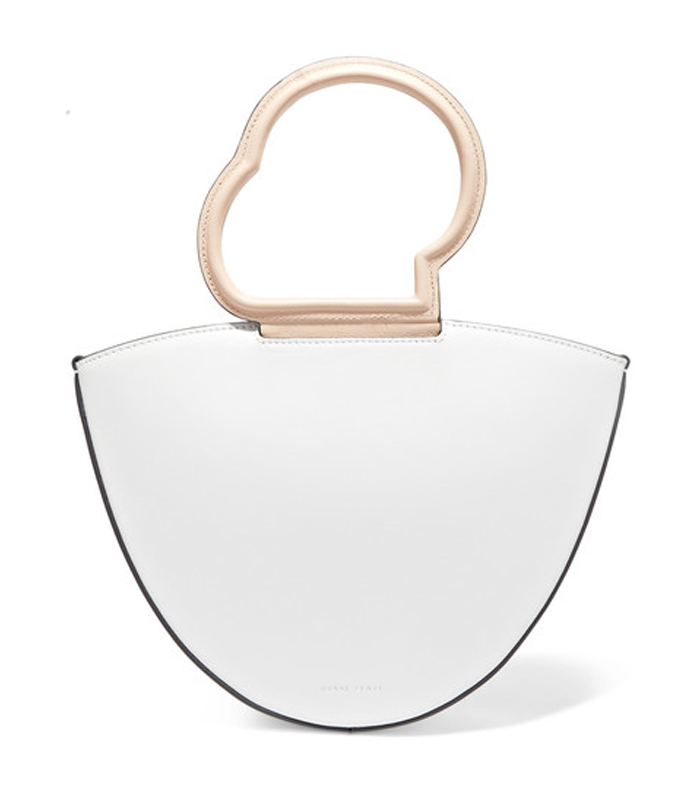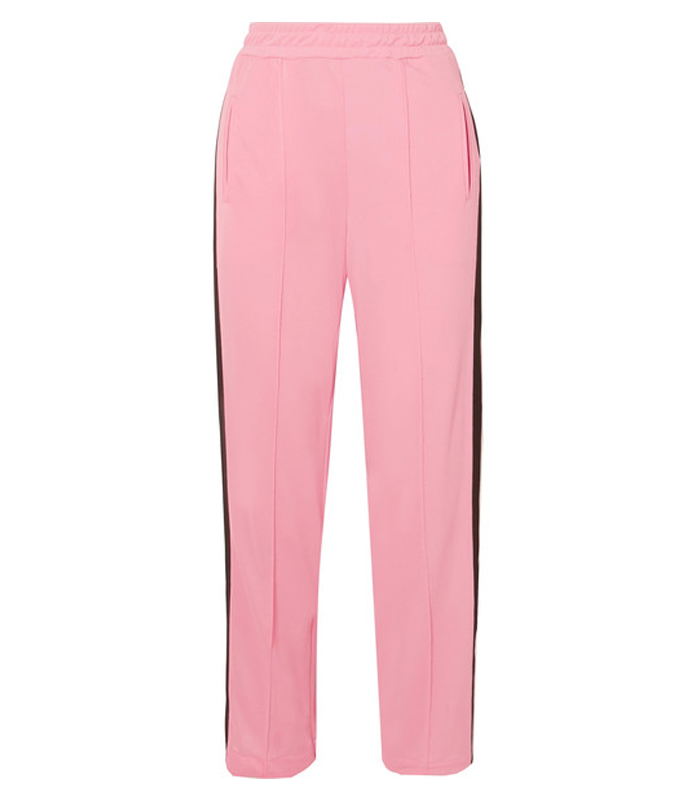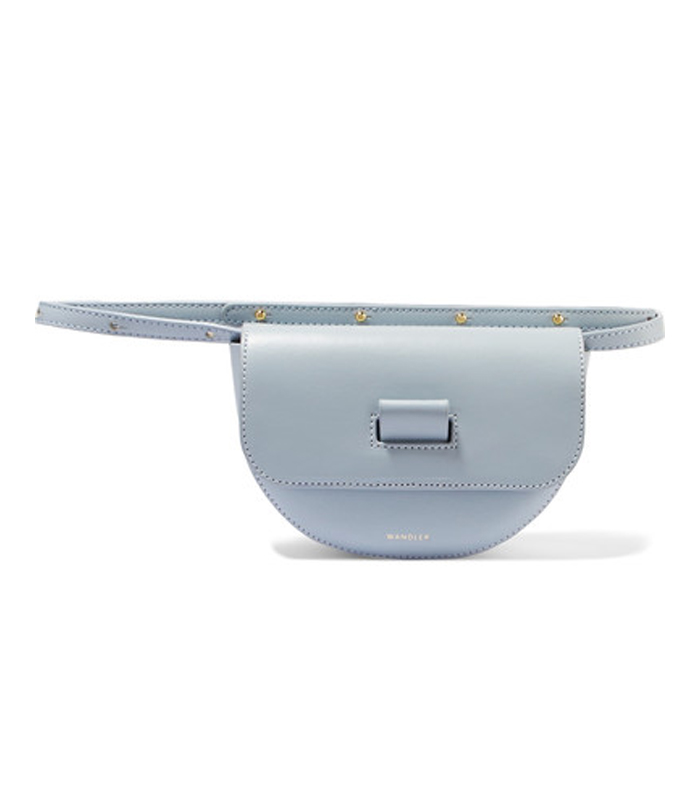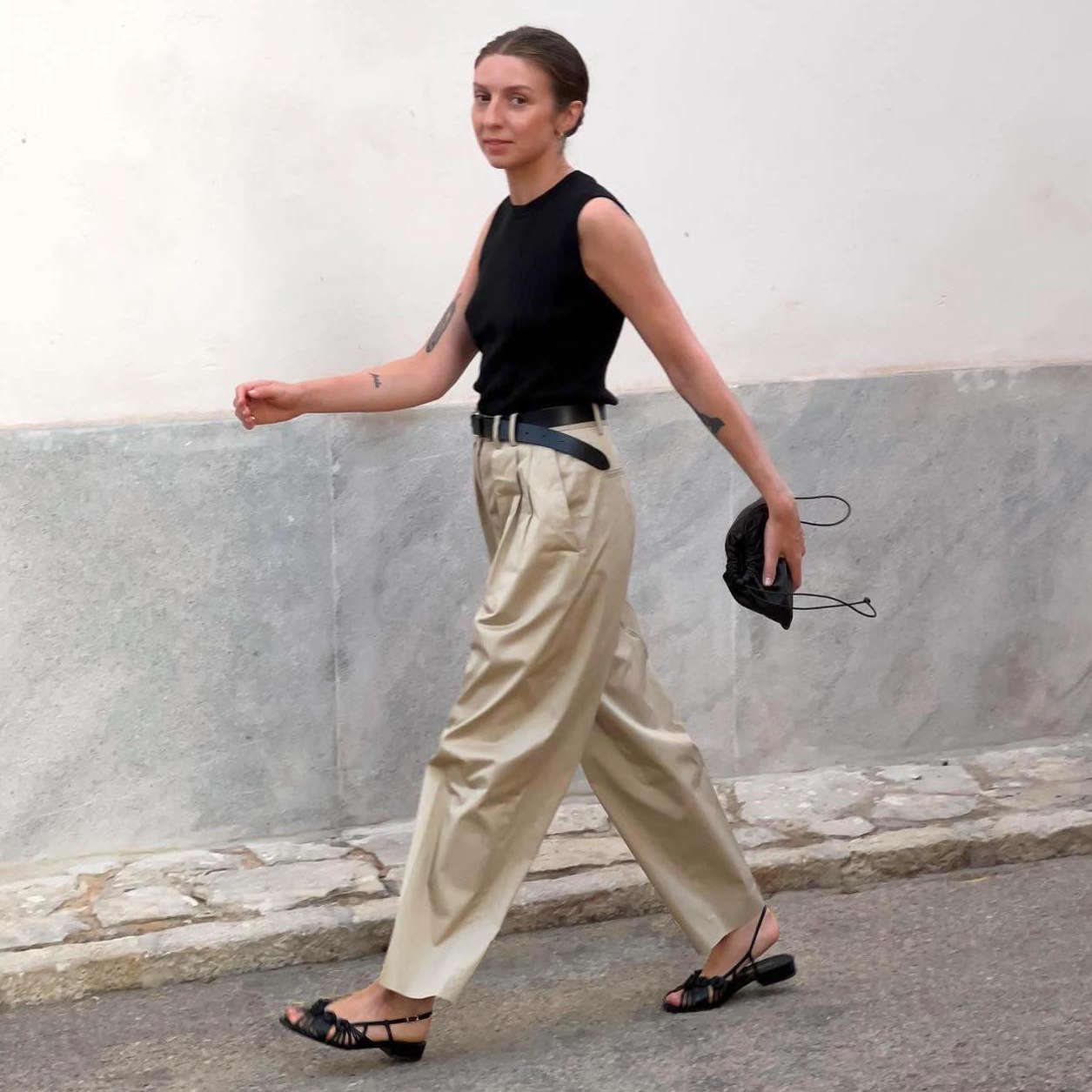The Brands Fighting to Make Your Clothes Brighter, Better and More Affordable
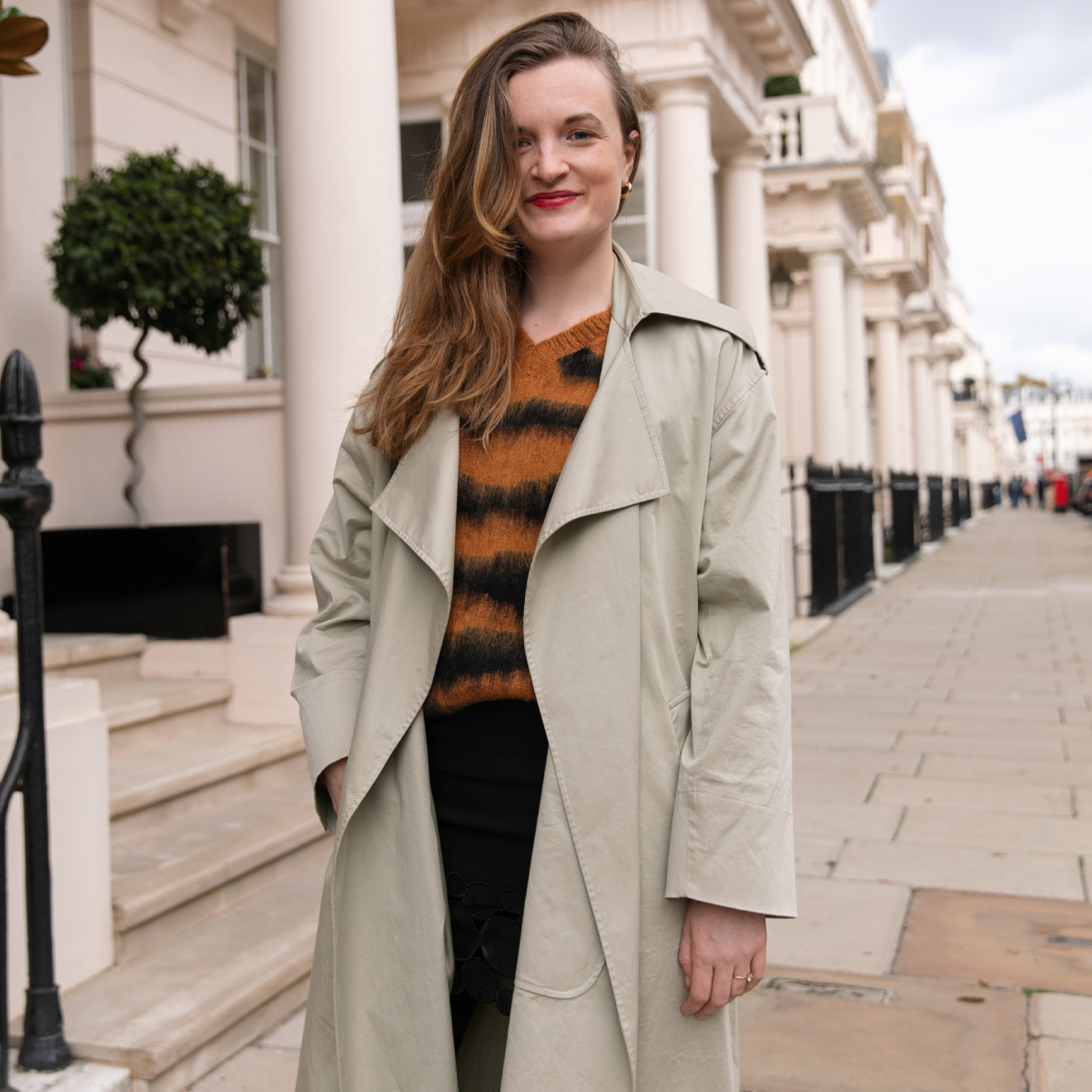
"It's a game," I heard an editor say at fashion week in September. "Hunting out new, unknown pieces on Instagram. It's just so much cooler to buy the smaller brands now." She’s clearly not the only one playing this first-to-find-it game, as this year it is brands like Danse Lente, Wandler and Rixo that have emerged as the new wave of power players.
These brands all have distinctive, easily identifiable designs that help them to build an initial following on Instagram, but it is the price that is then making them big business for the likes of Browns, Net-a-Porter and Matches and more than just a one-off thing you see on Instagram.
The £200-something piece has become fashion's new sweet spot—it is enough of an investment to feel special, however is still accessible to those who usually shop in Mango and Topshop. A quick recap of the year's biggest cult buys demonstrates the power of this pricing—Realisation's wrap dresses, Ganni's mohair jumpers and Rixo's blouses all fall under £350.
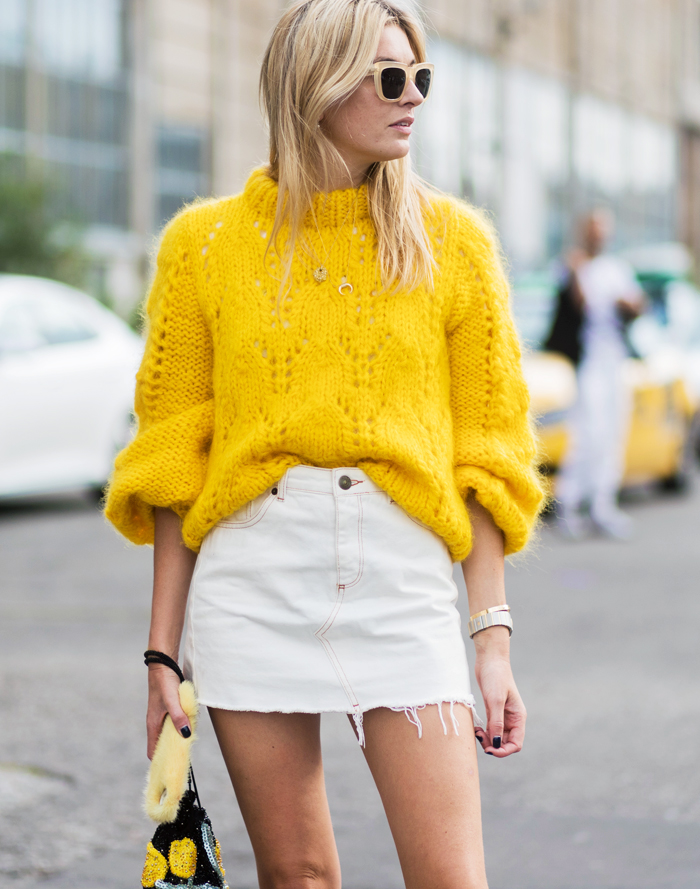
Camille Charrière wearing Ganni's £330 mohair jumper.
The idea of an entry-level purchase is of course nothing new. In the mid-noughties, it was Marc by Marc Jacobs dresses that helped you to dress like Mischa Barton without a Hollywood budget, and then it was Michael Kors who nailed the designer-feel, non-designer price tag with its £100-something totes. However, the contemporary market is no longer only led by diffusion brands that mimic the aesthetic of a bigger design house at a lower price point—this new breed of contemporary brands is independent labels that initially sell directly through Instagram or on their own small e-commerce sites.
"The design content, unique vision and fashion factor these brands offer at a super-sharp price point is the magic formula for success," Net-a-Porter Fashion Director Lisa Aiken said at the retailers trend's presentation. "From the perfect printed dress at Rixo London for £295 to Rejina Pyo's instantly recognisable signature puff-sleeve dress, these are design-led desirable pieces. Ganni, once the small brand from Copenhagen, is now one of our top 10 designers, which is astonishing growth in a matter of a few seasons."
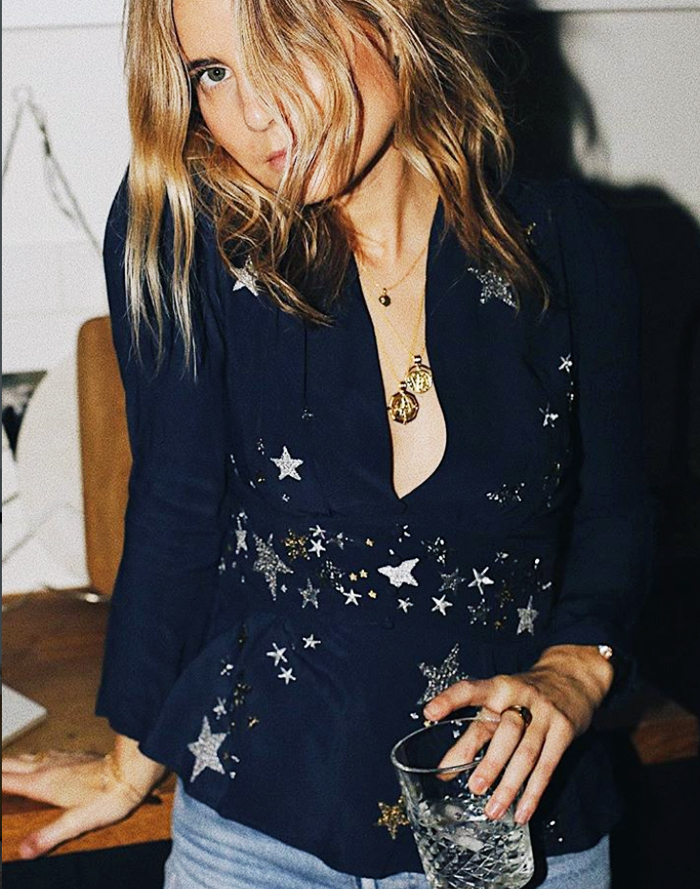
Lucy Williams wearing Rixo's £175 blouse.
Rixo is another big success story for the retailer; since it launched earlier this year on NAP, it has grown threefold, making its way into the top five contemporary brands in just two seasons. According to Lyst's search data, Rixo was one of the top five fastest-growing brands in the UK this year, and searches have increased by an impressive 81% year on year.
"There was a huge gap in the market," Rixo's designers Henrietta Rix and Orlagh McCloskey say of why they debuted their brand in 2015—direct from their living room! "We wanted to use good-quality fabrics, such as 100% silk, but we also wanted our friends to be able to afford to buy the items. People want to be able to buy amazing pieces that are unique and not pay luxury prices."
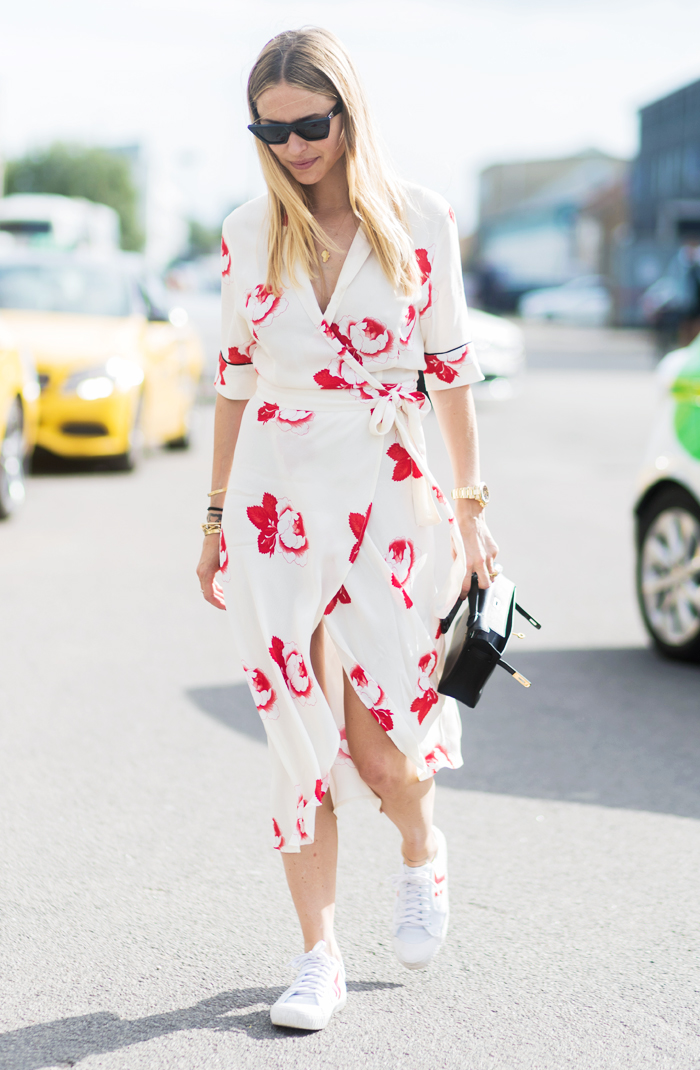
Pernille Teisbaek wearing Ganni's £150 wrap dress.
The other thing that these labels all have in common is that the designs are really distinctive, so they stand out just as much in the new-in section on Net-a-Porter as on your Instagram feed. "When we first started Rixo, we noticed that a lot of contemporary brands were very minimalist," adds Rix and McCloskey. "Mainly black and white, and now there is a lot more colour and prints." Black-and-white basics won't build hype like a rainbow-striped mohair jumper (as seen at Ganni) and an apple-green handbag (such as Wandler's Hortensia).
These brands all rely on being current and creating something new—Self-Portrait was one of the first of this era of contemporary brands and proves how important it is to stay flexible. For spring it has captured the imagination of buyers once again by moving away from the signature lace dresses towards floral tea dresses.
Ganni also takes this forward-thinking approach as CEO Nicolaj Reffstrup explained to Who What Wear UK: "We don't have something like the Birkin bag or a product like that that’s been the same forever—and people expect that dynamic from us. We are also about newness, there’s no doubt about it. Rather than hiking prices up to get closer to luxury as a lot of brands desire, we’d rather work with limited runs and tweaks and injections."
The hype around brands like Rouje, Rixo, Ganni and Staud is also built by limited production runs. Rixo dresses might be all over your Instagram feed but the designers explain there will only be one to 50 units of each exclusive item, which aren't usually repeated, making them all the more desirable.
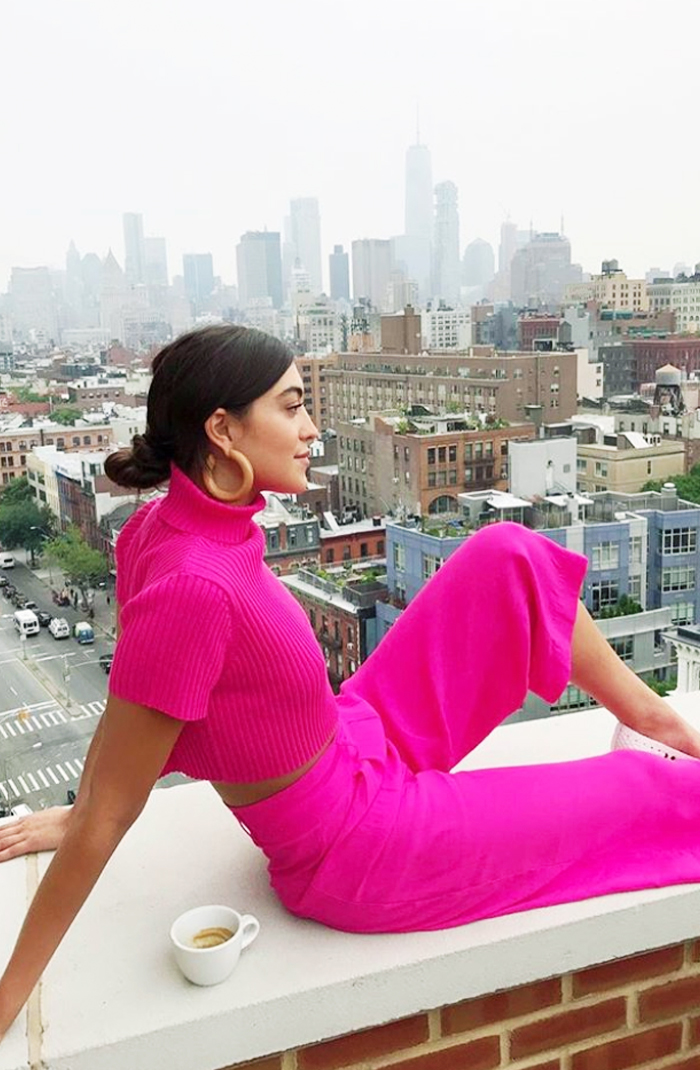
Sarah Staudinger wearing Staud's £190 trousers.
Aiken added at the trends presentation that contemporary shoes and handbags are "growing exponentially, driven by new launches, cult pieces and the ethos of putting design over designer." Lyst revealed that Cult Gaia's £135 Ark bag was the fourth-most-searched-for handbag of 2017, and Simon Miller's Bonsai bag was the tenth.
Sarah Staudinger, co-founder of L.A.-based label Staud, explained to Business of Fashion why its revenue increased by 400% between 2016 and 2017: "Because the new consumer is savvy, I think there's less value on high brands. They realise that all the things that go into a bag that's $2500 aren't really the true value of the bag, but it's [other things] like packaging and expensive store locations that add to the expense. With us, the value is really going into the bags."
Shop the Best Contemporary Pieces:
Next up, the nine street style trends that will take off next year.

Emma is a freelance fashion editor with over 15 years experience in industry, having worked at The Telegraph, Grazia and, most recently, British Vogue. Emma was part of the founding team of Who What Wear UK, where she worked for six years as Deputy Editor and then Editor—helping shape the team into what it is today is one of the biggest privileges of her career and she will always see herself as a Who What Wear girl, contributing to both the US and UK sites. Whether she's writing about runway trends or spotlighting emerging brands, she aims to write about fashion in a way that is democratic and doesn't promote over consumption.
